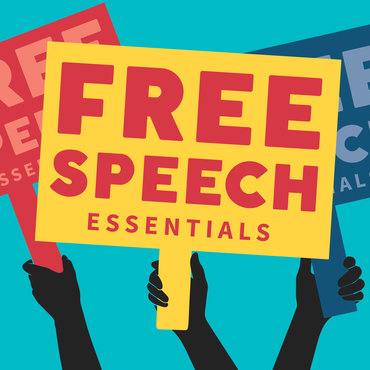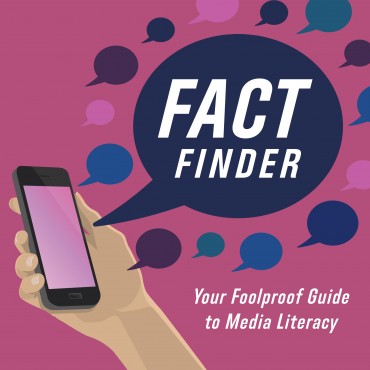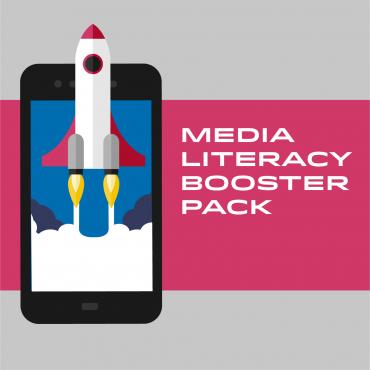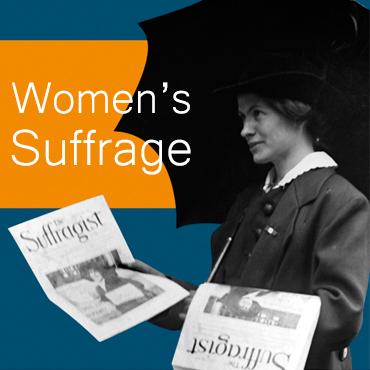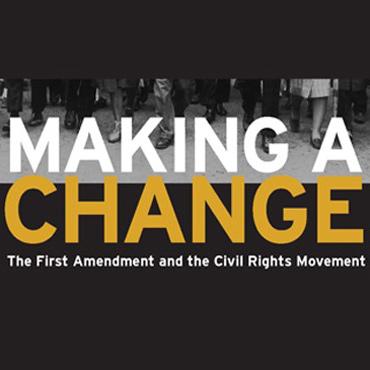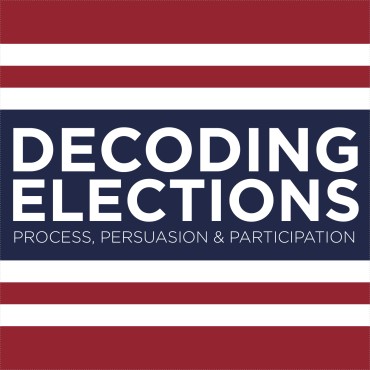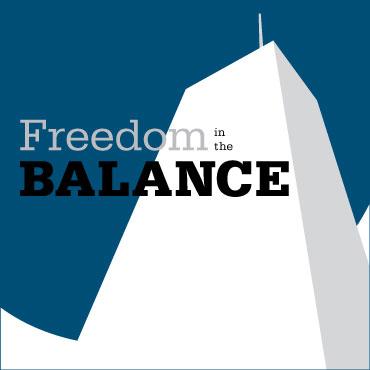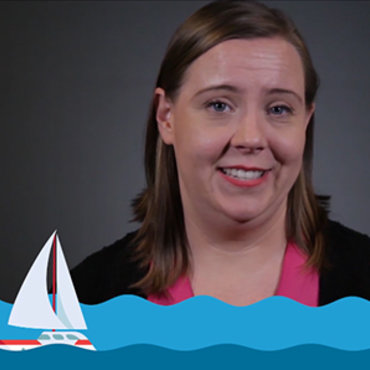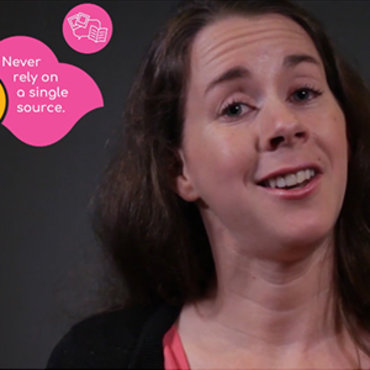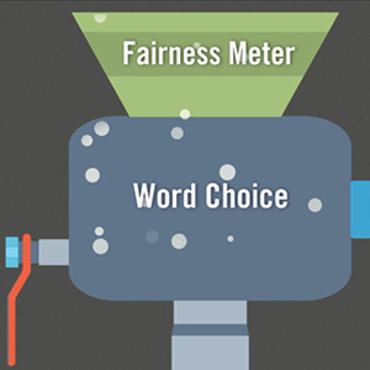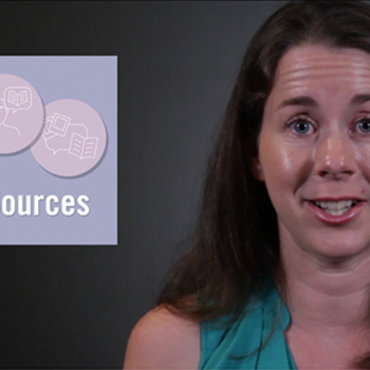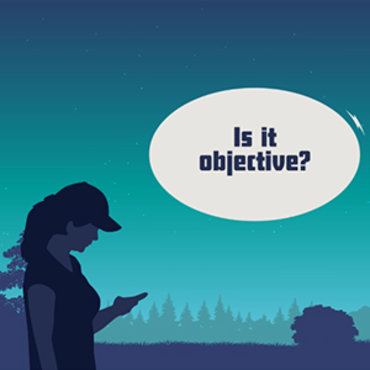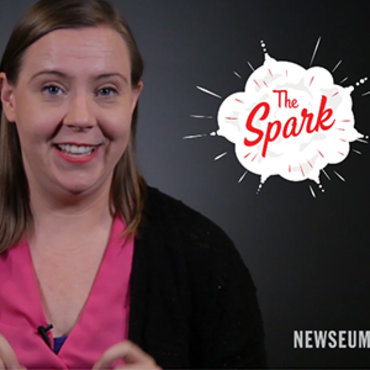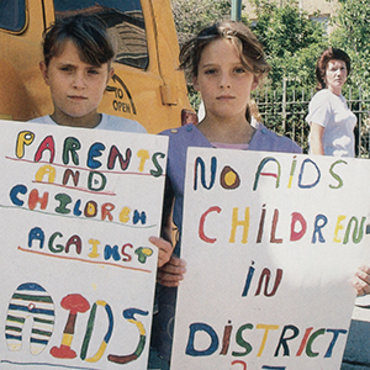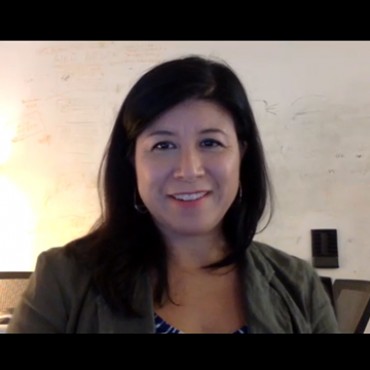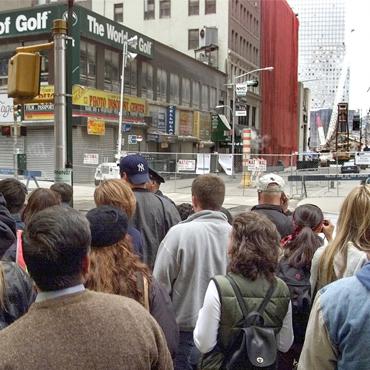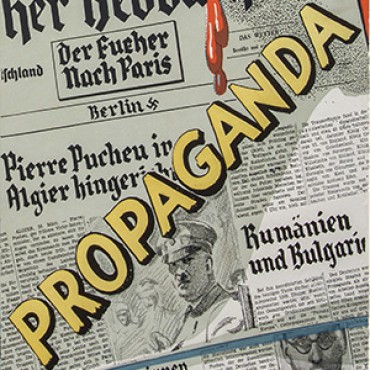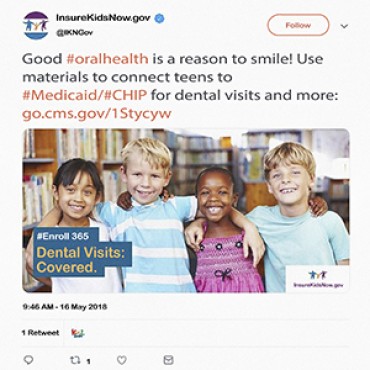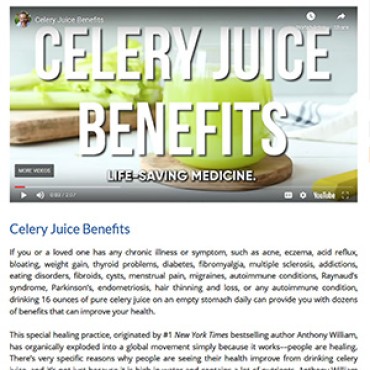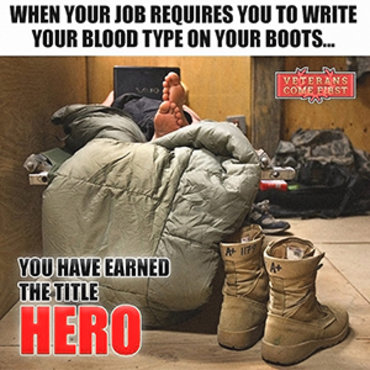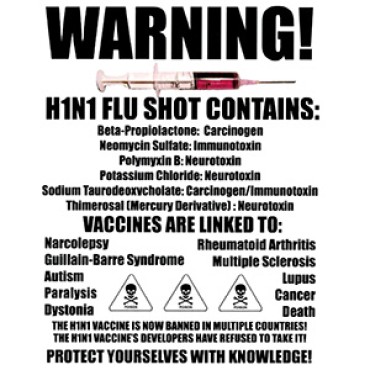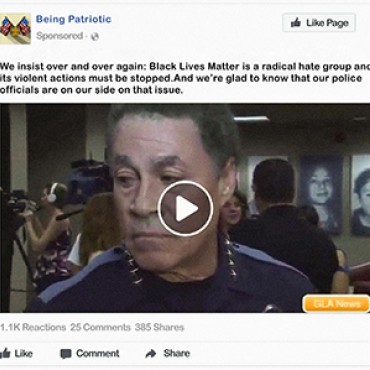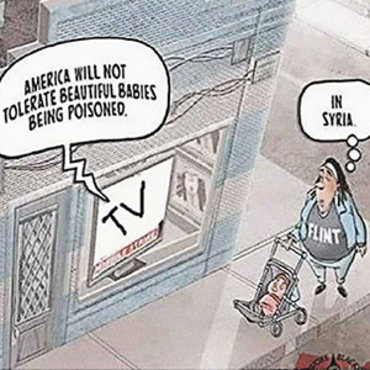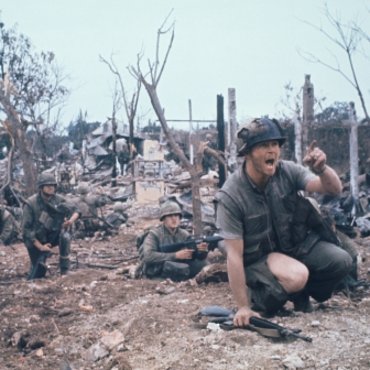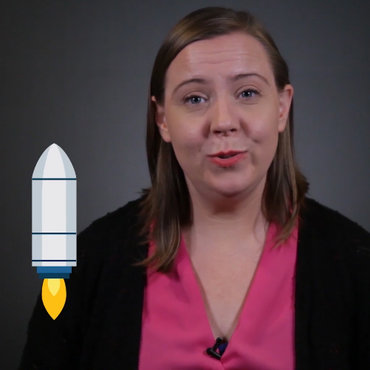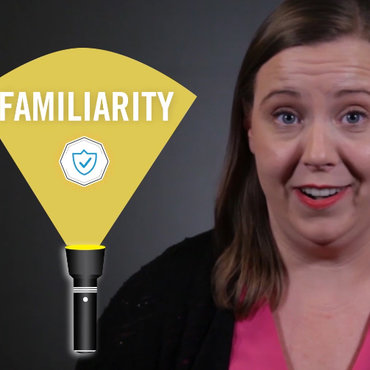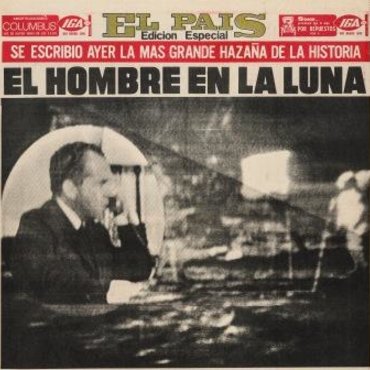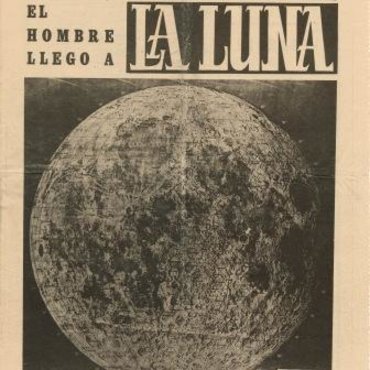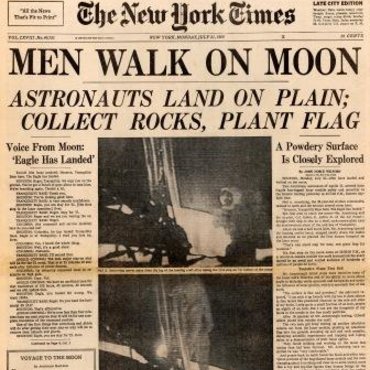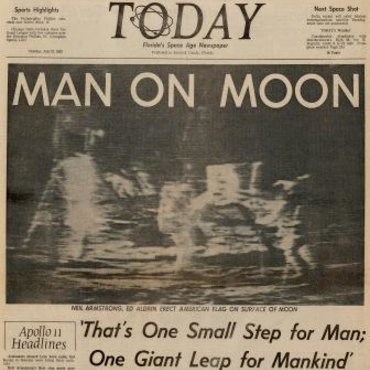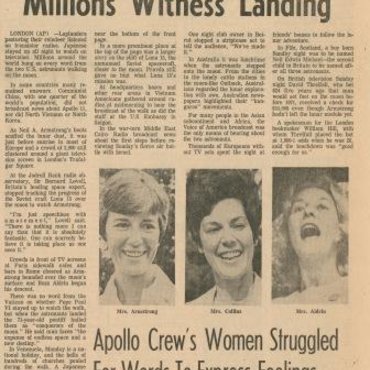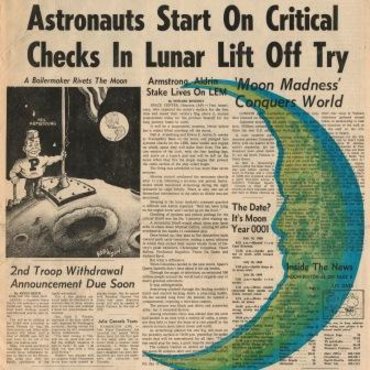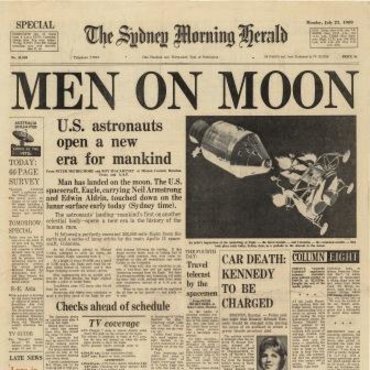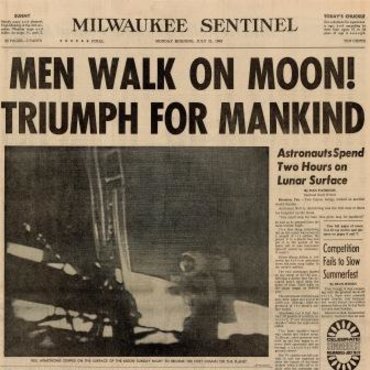
Lesson Plan
Anonymous Sources in Our Daily News
This activity looks at the use of anonymous or unnamed sources in news stories.
Get even more great free content!
This content contains copyrighted material that requires a free NewseumED account.
Registration is fast, easy, and comes with 100% free access to our vast collection of videos, artifacts, interactive content, and more.
Sign Up
?
NewseumED is provided as a free educational resource and contains copyrighted material. Registration is required for full access. Signing up is simple and free.
With a free NewseumED account, you can:
- Watch timely and informative videos
- Access expertly crafted lesson plans
- Download an array of classroom resources
- and much more!
Duration
Less than 30 minutes
Topic(s)
- Current Events
- Journalism
Grade(s)
- 6-12
- Tell students that reporters sometimes use anonymous or unnamed sources to get information for their stories. These are people who, for various reasons, don’t want their names made public.
- Have students look through a newspaper or at an online news website to find two stories that use anonymous or unnamed sources.
- Distribute the worksheet for students to complete.
- Anonymous Sources in Our Daily News worksheet (download), one per student
- Newspapers or access to online news sites
Have students share their findings. Then ask:
- Was it difficult to find examples of anonymous or unnamed sources?
- Is the use widespread in the news profession?
- Are there types of stories in which you are more likely to find anonymous sources (i.e. election stories, international diplomacy, military, government policy)?
- Were the sources crucial to the story?
- Does the use of anonymous sources affect the credibility of a story?
- Do you think the practice is overused or misused by reporters? Why or why not?
-
Common Core State Standards: CCSS.ELA-LITERACY.CCRA.R.8
Delineate and evaluate the argument and specific claims in a text, including the validity of the reasoning as well as the relevance and sufficiency of the evidence.
